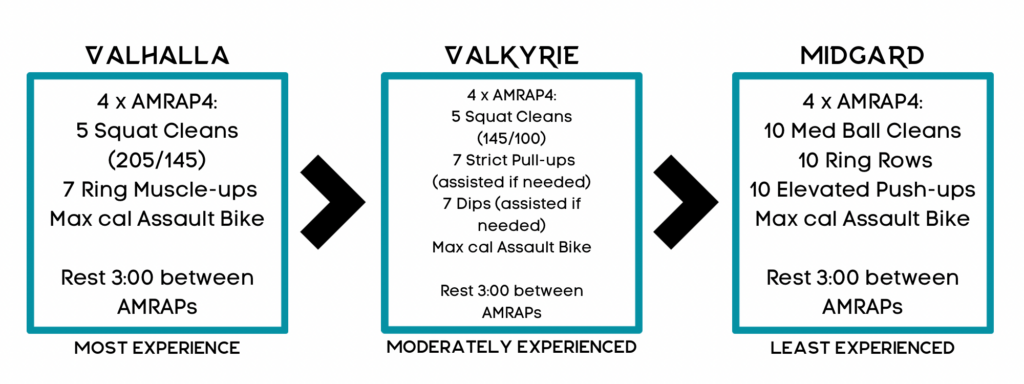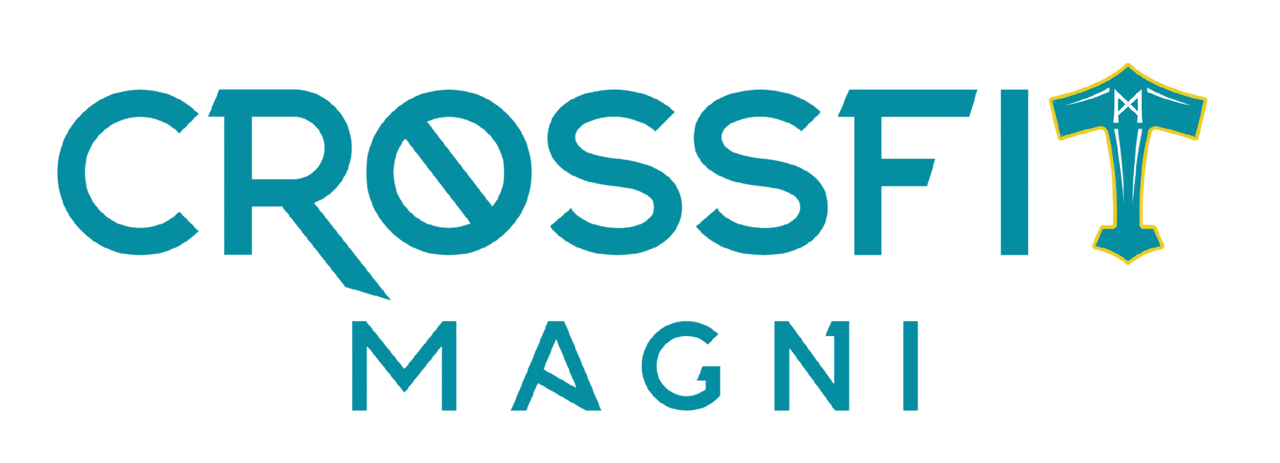THIS… IS… STRENGTH
Strength is a word that is often tossed around with very little regard to its meaning. Which isn’t actually a problem as its typical definition is broad. But when we discuss improving strength efficiently , we need to understand it further.
What is Strength?
Definition 1: the quality or state of being physically strong.
Definition 2: the capacity of an object or substance to withstand great force or pressure.
CrossFit Definition: The ability of a muscular unit, or combination of muscular units, to apply force ( productive application of force
).
Think about strength this way…. Your ability to move an object, or resist being moved by a force. That said strength is certainly relative. Every single person will have strengths relative to other people, other movements, or forces. It is only when we compare that we begin to articulate strength. “A Powerlifter is strong.” This statement is because there is an implied relation to people who do not powerlift (squat, bench, and deadlift), and relative to non powerlifters, the powerlifter is strong. If people say that a marathon runner is strong, they usually do not mean that he/she is strong relative to powerlifters, they mean strong relative to other runners.
What about Strength TRAINING
Strength is still relative in training. Think of it as a math equation. Strength is the ability to apply force. Force is equal to mass multiplied by acceleration (F = MA). But when it comes to the strength definition, no one cares about acceleration. We only care that the force moved an object, and are impressed when the object is MASSive. What was the weight of the object moved? That is what matters in training. Strength in training is not an observation relative to other people necessarily… it is an observation relative to mass (or weight/size).
So how do we influence our strength?
Let’s look back real quick at the definition, “ability of a muscular unit or combination of muscular units…” This means the body needs to learn how to fire a muscular unit more efficiently, or how to recruit more units. This is a mechanism of the nervous system. The brain has to communicate through your nerves to contract muscular units. The brain operates on a 2 way system. Inputs and outputs. Without significant input, it won’t give significant output.
So we lift heavy objects. That is the simplest way to say it. We lift… use our body to move… heavy… significant input in mass… objects… whatever element that needs to move to demonstrate strength!
Where strength gets confused
Running 26.2 miles is not a feat of strength. Sprinting 100m in less than 10sec is not a feat of strength. Doing 100 non-stop push-ups is not a feat of strength. Power Cleaning 400lbs, is not a feat of strength. Why? Because the mass matters. The feats above are impressive in different categories of fitness, but not strength. Running 26.2 miles showcases cardiovascular endurance. Sprinting 100m in less than 10sec showcases speed. Doing 100 nonstop push-ups showcases stamina. Power cleaning 400lbs showcases power. Strength is best showcased in some of the strongman events (of course), and powerlifting events (a misnomer for a name). Think about the deadlift. People have deadlifted over 1,000lbs! Comparing that to the 400lb power clean we can clearly see the difference.
F = MA. We want to influence force through greater mass in strength training. Disregard acceleration (leave that for power).
This is why boot camps don’t actually develop strength. People report feeling stronger, but ultimately it isn’t strength training, it is just a fact of doing nothing, then doing something. If I was a couch potato for a year, and then started doing just about anything, I would report feeling stronger.
Strength will almost exclusively lie between 1-6 repetitions, or <20 seconds of work.
Here is why. Strength is mostly about developing our fast twitch muscle fibers. These fibers are quick to fatigue and therefore are optimally trained in the ABSENCE of fatigue. Working beyond 20 seconds or about 6 reps tends to start introducing fatigue factors that begin limiting the strength training stimulus and start turning toward lactic acid or strength endurance stimuli.
You can train rep ranges 6+ and still get “stronger” because we are using mass as our only measure. Why? Because it is crazy simple! Simple to understand, and simple to define. We have a standard of metrics that allows weight to mean the same thing person to person and country to country. But here is the rub, the definition is the ability of muscular units to contract. The measure we are using isn’t counting muscular units. That is too complicated. We also need to narrow our field of view because strength, power, speed, coordination, agility, balance, accuracy, flexibility, stamina, and cardiovascular endurance are all trainable components that influence rate of change in each other. When we start training components of stamina, absolute strength could potentially suffer. If we train flexibility in the same time frame as a heavy load, strength could potentially suffer. Even training power too much at some point or another, limits the strength stimulus and potential.
This is about training strength efficiently
So if we want to efficiently train strength, we want to isolate it as much as possible. The benefit of that is that the rate of improvement is greater. Properly dosed, strength training improves hormonal profiles, sleep, bone density, and perhaps most importantly, CONFIDENCE. ( You can read more about that here )
How we do it at CrossFit Magni
We attempt to capitalize on efficient strength training for the normal adult. That is an adult who has a career and/or family and doesn’t have time to specialize and needs a more efficient approach. We program strength days between 1-2 times per week. A strength day might look like this;
Back Squat: 5-5-5-3-3-3-1-1-1
*sets start at 70% and build as technique allows, and range of motion is consistent. Rest is 3-5 minutes between sets. (That’s 24-40 minutes of resting!)
We don’t have time or energy to hit a conditioning stimulus. It would distract from the strength gain potential for one, and for another, it detracts from the intensity we might have in the back squat so that we can save ourselves for something else.
We warm-up the joints and nervous system thoroughly before we begin. We do this through some general warm-up and activation exercises, and then we start working in specific exercises as we build. A specific warm-up might be tempo back squat or pause back squats, or even explosive back squats. We want our nervous system feeling prepared to fight the heavy weight!
We do not train strength every day because our nervous systems need adequate recovery time. Even splitting body parts does not allow the nervous system to recover because it isn’t muscle specific. You can’t bench heavy Monday, Squat heavy Tuesday, upper body pull heavy Wednesday, lower body pull Thursday…etc. Because the nervous system gets worse and worse through the week. Then you wind up sick, tired, can’t sleep, lack of appetite, etc.
Remember we are normal people working our way to a long distant horizon… we aren’t “building Rome” by next week! And we have a lot more than strength to focus on! We want to be healthy AND strong, not strong and sick.
The post THIS… IS… STRENGTH appeared first on CrossFit Magni.








